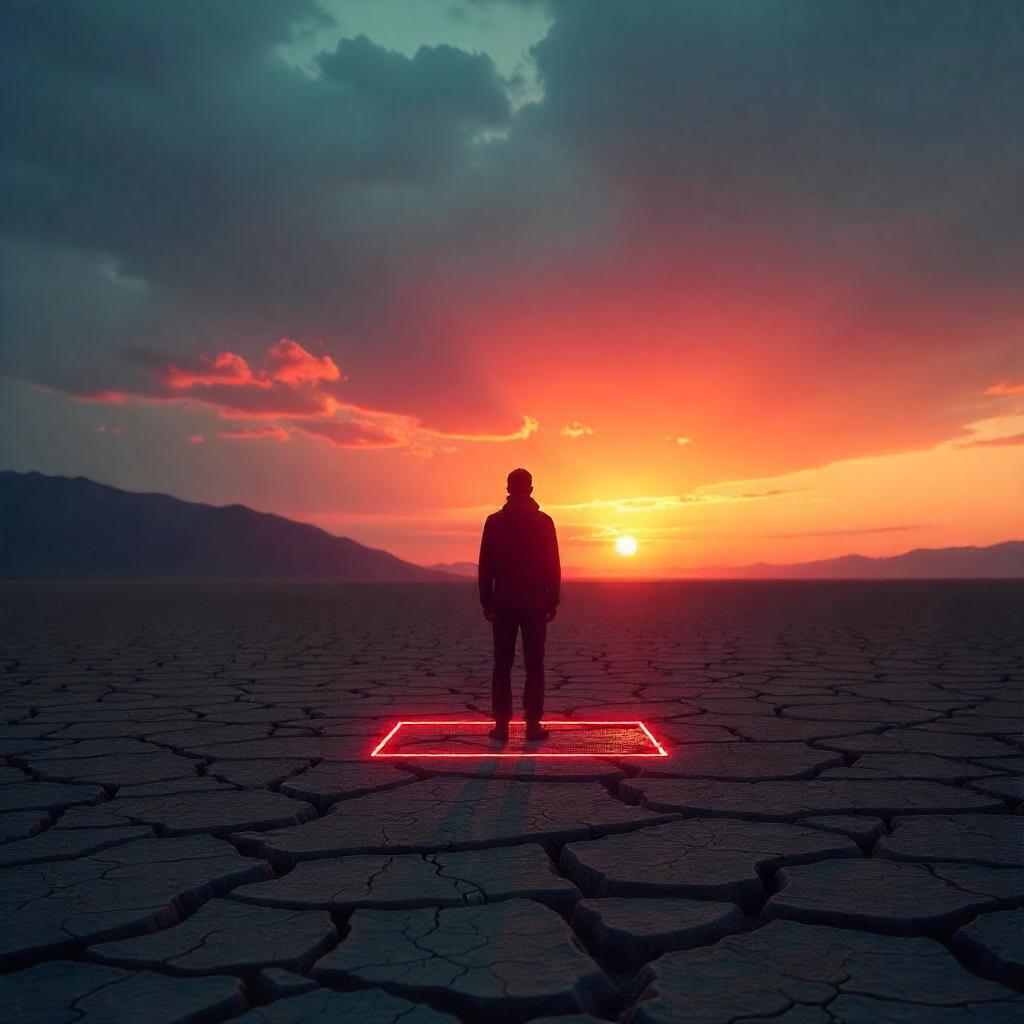In the world of video production, there’s a fine balance between passion and exhaustion. As a producer and editor with years of experience, I’ve worked on countless projects, from multi-camera productions to creative storytelling. But lately, one particular aspect of my job has started to wear me down: editing Micro-Credential (MC) and MOOC (Massive Open Online Course) videos.
At first, the idea of contributing to educational content seemed rewarding. The thought that my work could help students and professionals worldwide gain new knowledge was inspiring. However, reality soon set in, and I began to see the overwhelming challenges that came with this specific type of editing.
The Difference Between Simple Edits and Complex Animations
If the video editing process only involved PowerPoint slides, things would be much easier. All we’d have to do is convert the slides into a standardized template that we designed ourselves. Most of the time, I use Canva for this task, but occasionally, I also use Adobe Express, which offers similar functionality. However, when dealing with engineering subjects like Mechanical Engineering—especially topics such as corrosion, electrochemical principles, and thermodynamics of corrosion—the process becomes far more complex.
These topics often require animations to illustrate intricate processes, which means manually creating them in Adobe After Effects. It’s a tedious and time-consuming task! Unless the lecturer is kind enough to provide animations within their PowerPoint slides, editors are left to create everything from scratch. This additional workload significantly extends the editing process and makes it much more demanding.
The Lengthy Scripts: A Major Hurdle
One of the biggest drawbacks of editing MC and MOOC videos is the script length. Unlike short promotional videos or engaging storytelling projects, these videos are often packed with long, dense scripts. Each script is meticulously structured with academic content that needs to be delivered in a clear and concise manner. While this is great for learners, for an editor, it means spending countless hours going through the same monotonous text repeatedly.
Yes, you receive lengthy scripts spanning multiple pages, but in my experience, the storyboard section often lacks sufficient instructions for editors. These instructions are crucial, especially for animation-heavy topics like corrosion processes. Without clear direction, editors are left guessing, which leads to inefficiencies and repeated revisions. And because of that, we often have to contact the lecturer to explain the missing parts or ask them to come to our office. If the lecturer is on a semester break, that’s manageable. However, when the semester begins, scheduling a meeting becomes extremely difficult, further delaying the editing process.
Repetitive and Predictable Content
Unlike creative video projects where you can experiment with different styles, MC and MOOC videos tend to follow a rigid format. The structure is often predictable: introduction, topic explanation, case study, summary, and quiz. This makes editing feel more like a mechanical task than a creative process. The lack of variety in visuals, transitions, and storytelling elements removes the excitement of the craft, making it feel like a never-ending loop of the same routine.
The Never-Ending Revisions
Academic content requires precision. Every edit must be scrutinized to ensure accuracy, which leads to multiple rounds of revisions. A single video can go through several iterations before getting final approval. Small changes in wording, additional slides, or last-minute script modifications mean that editors have to constantly revisit the same projects, which adds to the frustration.

The Burnout Factor
Video editing is an art that thrives on creativity. But when the workload is dominated by lengthy, rigid content, it drains the creative energy that makes this job enjoyable. The mental fatigue from working on MC and MOOC videos for long hours makes me long for more dynamic and engaging projects.
Seeking Balance
Despite the exhaustion, I still love video production. The challenge now is finding a way to balance my workload—perhaps alternating between academic projects and more creative ones. Another option is exploring AI-assisted editing tools to help streamline the process, reducing the tedious aspects of editing while maintaining high-quality output.
A Necessary Change for Growth
However, sometimes balance alone is not enough. To truly regain my creative energy and enthusiasm, a change in environment is necessary. Moving to another department where I can fully utilize my strengths in multi-camera production (MCP), technical operations, live production, and short promotional videos would provide the challenge and excitement I thrive on. I excel as a producer, overseeing live productions and ensuring seamless execution—not as a videographer stuck in repetitive editing loops. To continue growing in my career and to preserve my passion for video production, transitioning to a role that aligns with my skills and interests is not just a preference; it’s a necessity for my well-being and professional fulfillment.
The Reality of Transitioning
Although moving to another department entirely is challenging due to my Waran Perjawatan being tied to UTM CDex, the management has come up with a compromise: a temporary transfer under the term dipinjamkan. This means I will be assigned to another department for a year or two, during which I will fully dedicate my efforts there without being obligated to take on tasks from CDex.
While I would prefer a permanent transfer, my director is unwilling to let me go due to the structural constraints of my position. Given this situation, my best course of action is to immerse myself in my new department, contribute with excellence, and make my presence indispensable. Perhaps, if my value is strongly recognized, my stay there might extend beyond the initial period—maybe even permanently.
Jeffri Rahman
Producer | Editor | Blogger
https://cubitsanasini.blogspot.com

